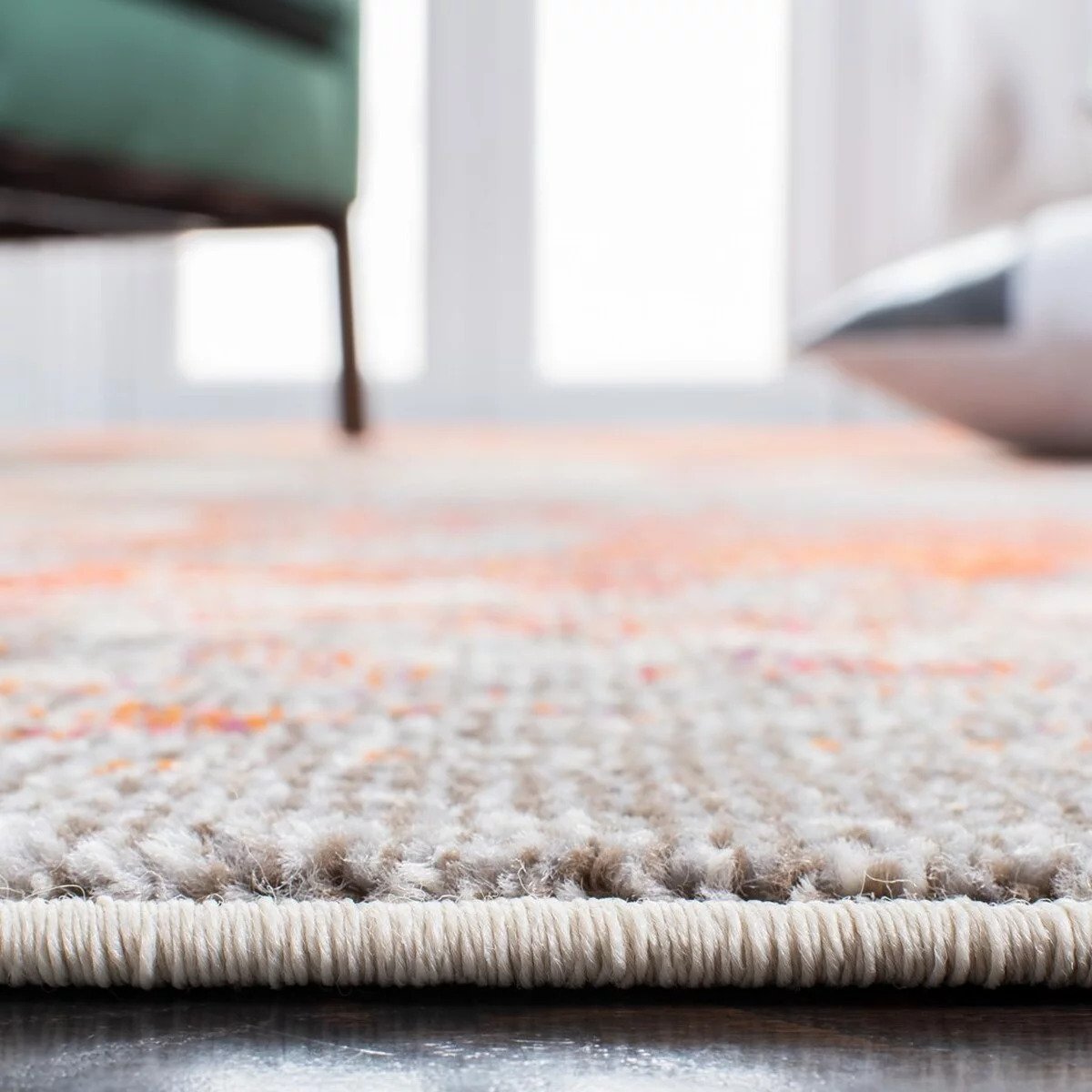

Articles
Why Are Rugs So Expensive
Modified: January 19, 2024
Discover why articles on rugs are so expensive and learn about the factors that contribute to their high price tags.
(Many of the links in this article redirect to a specific reviewed product. Your purchase of these products through affiliate links helps to generate commission for Storables.com, at no extra cost. Learn more)
Introduction
Rugs have long been considered a symbol of luxury, elegance, and style. However, it is no secret that quality rugs often come with a hefty price tag. From intricately woven Persian carpets to hand-knotted Oriental rugs, the cost of these floor coverings can sometimes leave us questioning why they are so expensive. In this article, we will explore the various factors that contribute to the high price of rugs, giving you a deeper understanding of the investment you are making in one of these beautiful pieces.
When it comes to understanding the high cost of rugs, it is essential to consider several factors. These include the quality of materials used, the artisan craftsmanship involved, the labor and time invested, the complexity of design, production costs, brand reputation, market demand, and transportation and import costs. Let’s dive into each of these factors to gain a comprehensive understanding of why rugs command such a high price.
Key Takeaways:
- Rugs are expensive due to the high-quality materials, artisan craftsmanship, and intricate designs. The investment reflects durability, uniqueness, and the preservation of cultural heritage, making them more than just floor coverings.
- Brand reputation, market demand, and transportation costs also contribute to the price of rugs. Customers pay for quality, authenticity, and exclusivity, making rugs a symbol of luxury and a timeless investment.
Read more: Why Are Persian Rugs So Expensive
Material Quality
One of the primary factors that contribute to the high cost of rugs is the quality of materials used in their production. High-end rugs are often made from exquisite materials such as silk, wool, or a combination of both. These materials are known for their durability, softness, and ability to retain color vibrancy over time.
Silk, in particular, is a highly sought-after material in rug making due to its lustrous sheen and luxurious feel. However, silk rugs tend to be more expensive due to the difficulty and time-consuming process of harvesting silk fibers from silkworm cocoons.
Wool, on the other hand, is a staple material in rug making. It is renowned for its strength, resilience, and ability to hold intricate patterns. High-quality wool is often sourced from specific breeds of sheep, known for producing soft and fine fibers. The meticulous process of cleaning, spinning, and dyeing the wool also adds to the overall cost of the rug.
Aside from silk and wool, other luxury fibers such as cashmere, mohair, and bamboo silk are sometimes used in the production of high-end rugs. These fibers add to the exclusivity and value of the rug, making it more expensive.
Furthermore, the quality of the materials used in the foundation and backing of the rug also plays a role in its price. A rug with a sturdy and durable foundation will have a longer lifespan, increasing its value.
Overall, the use of high-quality materials in rug construction not only contributes to the aesthetic appeal and feel of the rug but also ensures its longevity, making it a worthwhile investment.
Artisan Craftsmanship
Artisan craftsmanship is another significant factor that adds to the expense of rugs. Handmade rugs are highly regarded for their intricate designs and attention to detail, which can only be achieved through the skilled craftsmanship of experienced artisans.
Hand-knotted rugs, in particular, are labor-intensive and time-consuming to create. Each individual knot is meticulously tied by hand, resulting in a dense and durable rug. The process requires immense skill and precision, often taking months or even years to complete, depending on the size and complexity of the design.
The level of craftsmanship is evident in the clarity and precision of the patterns, the richness of the colors, and the overall quality of the rug. Unlike machine-made rugs, which lack the personal touch and individuality of handmade rugs, artisan-crafted rugs carry a sense of uniqueness and character.
In addition to hand-knotting, other traditional techniques such as hand-tufting, hand-weaving, and hand-embroidery are also employed by skilled craftsmen to create exquisite rugs. These techniques involve hours of painstaking work and attention to detail, which contribute to the overall value of the rug.
The expertise and artistry of these artisans are passed down through generations, maintaining a long-standing tradition of rug making. By supporting and investing in handmade rugs, you are not only acquiring a beautiful piece of art but also preserving cultural heritage and supporting local artisans.
Artisan craftsmanship adds an intangible value to rugs, distinguishing them as a luxury item that showcases the skill and dedication of the craftsmen involved in their creation.
Labor and Time
The labor-intensive nature of rug production is a significant contributor to their high cost. Crafting a high-quality rug involves a significant amount of manual labor and a considerable investment of time.
Handmade rugs, such as hand-knotted or hand-woven rugs, require skillful artisans to meticulously create each knot or weave, resulting in a laborious and time-consuming process. These skilled craftsmen dedicate hours, days, or even years to complete a single rug, depending on its size and complexity.
The art of rug making is a painstaking process that demands precision and attention to detail. Artisans meticulously follow intricate patterns, ensuring consistency and uniformity in the design. This level of craftsmanship requires years of experience and specialized knowledge.
In some cases, the labor extends beyond the weaving or knotting stage. Certain rug designs may involve additional steps such as hand-carving or hand-embroidery, which further add to the labor and time investment required to create the final product.
Moreover, the labor involved in rug production extends beyond the artisans themselves. Behind the scenes, there are numerous individuals involved in the supply chain, from material sourcing to rug finishing. These include wool inspectors, dyers, washers, trimmers, and other supporting staff, all working together to create a high-quality product.
The amount of labor and time invested in producing a rug contributes to its uniqueness, durability, and overall quality. Each handcrafted rug carries the imprint of the artisans’ dedication, making it a work of art that is deserving of its higher price point.
Design Complexity
The complexity of the design is a significant factor that affects the cost of rugs. Intricately designed rugs require skilled artisans to carefully execute the patterns with precision and accuracy, resulting in a higher price tag.
Complex rug designs often feature intricate motifs, elaborate borders, and a multitude of colors. These designs can be inspired by various artistic traditions, cultural influences, or even bespoke concepts created by renowned designers. Creating such complex patterns requires a high level of expertise and attention to detail.
Design complexity is often reflected in the knot density of hand-knotted rugs. Higher knot counts result in more intricate and detailed designs. Achieving a high knot count requires more time and skill, increasing the cost of production.
Furthermore, the use of different weaving techniques, such as pile height variations, carving, or texturing, adds to the design complexity and craftsmanship involved. These intricate techniques enhance the visual and tactile appeal of the rug, making it more luxurious and desirable.
Design complexity can also impact the amount of material required to create the rug. Rugs with intricate designs may require more yarn or threads of various colors, adding to the overall cost of production.
In addition to the skill and effort required to execute complex designs, the creativity and vision of the designers themselves contribute to the value of the rug. Highly skilled designers spend time researching, developing, and refining their design concepts to create unique and aesthetically pleasing rugs that stand out in the market.
Ultimately, the design complexity of a rug adds depth, visual interest, and a sense of artistry to the final product, making it a coveted and valuable item.
When considering the cost of a rug, factors such as material, size, and craftsmanship play a significant role. Handmade rugs, especially those made with high-quality materials, tend to be more expensive due to the time and skill required to create them. Additionally, the design and intricacy of the rug can also impact its price.
Read more: Why Are Pillows So Expensive
Production Costs
Production costs play a significant role in determining the price of rugs. There are several expenses involved throughout the production process that contribute to the overall cost of the final product.
The first cost to consider is the acquisition of high-quality materials. Luxurious fibers such as silk, fine wool, cashmere, and bamboo silk can be quite expensive. The cost of sourcing these premium materials, combined with the processes required to clean, spin, dye, and prepare them for weaving, all contribute to the production costs.
Additionally, the labor-intensive nature of rug making requires skilled artisans who deserve fair compensation for their expertise and time. Rug weavers and other craftsmen involved in the production process dedicate hours upon hours to create each rug, thereby increasing labor costs.
Production costs also include expenses such as equipment and tools needed for rug making. These can range from traditional looms and specialized weaving tools to specialized machinery used in certain production techniques.
Furthermore, the use of natural dyes can have an impact on production costs. Natural dyes, derived from sources such as plants, insects, or minerals, tend to be more expensive compared to synthetic dyes. Rug makers who prioritize using natural dyes may incur higher costs due to the sourcing, extraction, and preparation of these dyes.
Other factors that contribute to production costs include overhead expenses such as rent for workshop spaces, utilities, insurance, and administrative costs. All of these costs are taken into account when determining the final price of the rug.
It is important to note that high-quality rugs undergo rigorous quality control processes to ensure that only the best pieces are put on the market. This involves careful inspection of the rug for imperfections, ensuring that it meets the highest standards of craftsmanship.
By considering all of these production costs, rug manufacturers are able to set prices that align with the value and quality of the rugs they offer.
Brand Reputation
The reputation of a brand plays a significant role in the pricing of rugs. Established brands with a long-standing history in the rug industry often carry a certain prestige and recognition, which can impact the price of their products.
A brand with a strong reputation typically signifies a commitment to quality, craftsmanship, and customer satisfaction. Customers are willing to pay a premium for rugs from these reputable brands because they have confidence in the product’s authenticity, durability, and overall value.
Well-known rug brands often have a loyal customer base built over years of consistently delivering high-quality rugs. These brands invest in research and development, ensuring that their products meet or exceed industry standards. Customers are willing to pay extra for the peace of mind that comes with purchasing from a reliable and reputable brand.
In addition to quality, brand reputation can also stem from factors such as innovation, design expertise, and collaborations with renowned designers or artists. Brands that are at the forefront of design trends and push the boundaries of rug making may command higher prices due to their unique and exclusive offerings.
It’s important to note that brand reputation is not solely based on name recognition but also on the perceived value and trustworthiness associated with the brand. Consumers are willing to invest in a brand they trust, as they believe they are getting a high-quality and reliable product that will stand the test of time.
However, it’s worth mentioning that brand reputation alone does not dictate the price of a rug. Other factors such as materials, craftsmanship, and design complexity also influence the cost. A reputable brand may offer a range of rugs at different price points to cater to a broader range of customers.
Ultimately, brand reputation can significantly influence the price of rugs, as customers are often willing to pay a premium for the assurance of quality and the brand’s legacy within the industry.
Market Demand
Market demand is a crucial factor in determining the price of rugs. The law of supply and demand dictates that when there is a high demand for a particular product and a limited supply, the price tends to rise.
Rugs, especially those of high quality and craftsmanship, are often considered luxury items. They appeal to individuals who value aesthetic beauty, craftsmanship, and the ability to make a statement in their living spaces. As a result, there is a segment of the market willing to pay a premium for these unique and sought-after pieces.
Market demand is influenced by various factors, including trends, preferences, and cultural influences. Certain rug styles, such as Persian, Oriental, or vintage rugs, may experience higher demand due to their timeless appeal and classic designs. Additionally, contemporary and modern rug designs may captivate buyers seeking more cutting-edge and innovative aesthetics.
The demand for rugs can also be influenced by interior design trends. As certain styles or color palettes become popular, there may be an increased desire for rugs that complement these design trends. Rug manufacturers and designers keep a pulse on market demands and create pieces that cater to these prevailing preferences.
Moreover, market demand can be influenced by cultural and societal factors. For example, rugs with intricate symbolic motifs or traditional patterns may be highly desired by collectors or individuals seeking to preserve their cultural heritage.
The rarity or uniqueness of a rug can also impact its market demand and subsequent price. Limited edition or one-of-a-kind rugs, perhaps crafted by renowned designers or artists, may command higher prices due to their exclusivity and desirability among collectors.
It’s important to note that market demand can fluctuate over time, influenced by economic factors, design trends, and shifts in consumer preferences. Rug manufacturers and retailers need to stay attuned to these changes in order to adjust their prices accordingly.
In summary, market demand plays a significant role in determining the price of rugs. When there is a strong desire for a particular style or design, the price tends to reflect the market demand in relation to the supply available.
Transportation and Import Costs
Transportation and import costs are factors that contribute to the overall expense of rugs, especially when it comes to international trade and sourcing rugs from different regions of the world.
Most rugs are produced in specific countries known for their expertise in rug making, such as Iran, Turkey, India, Afghanistan, and Morocco, to name a few. When rugs are exported from these countries to other parts of the world, transportation costs come into play.
The cost of shipping rugs can vary depending on the distance, weight, and dimensions of the shipment. Freight charges, customs fees, and insurance costs all contribute to the total transportation expense. Additionally, the delicacy and fragility of rugs require special handling and packaging to ensure they arrive undamaged, which adds to the overall transportation costs.
Furthermore, import costs can significantly impact the price of rugs. When rugs are imported into a country, they are subject to import duties, taxes, and other fees imposed by the importing country’s government. These charges are necessary for compliance with customs regulations and can vary depending on the country of origin and the destination country.
Import costs also include costs associated with paperwork, customs clearance, and brokerage fees. Importers of rugs must navigate through the bureaucratic process of ensuring that the rugs meet the required standards, certifications, and labeling, which can add to the overall costs.
In addition to transportation and import costs, there may be other logistical expenses involved in sourcing rugs. For example, companies that directly import their rugs may send representatives to source and select the rugs, incurring travel expenses and accommodation costs.
The transportation and import costs of rugs are essential considerations for both manufacturers and retailers. These costs are factored into the final retail price of the rugs, making them more expensive when they are sourced from distant locations or require extensive logistical arrangements.
It is worth noting that the transportation and import costs associated with rugs may fluctuate due to various factors, such as fuel prices, international trade policies, and geopolitical situations. Rug manufacturers and retailers must account for these costs while ensuring that the final price remains competitive and reasonable for customers.
Read more: Why Are Mirrors So Expensive
Conclusion
In conclusion, the high cost of rugs can be attributed to several factors that contribute to their overall value and quality. Understanding these factors can help us appreciate the craftsmanship, time, and skill required to create these exquisite floor coverings.
The quality of materials used, such as silk and wool, significantly impacts the cost of rugs. These luxurious fibers ensure durability, softness, and color vibrancy, making them highly desirable.
Artisan craftsmanship adds an intangible value to rugs, as skilled craftsmen dedicate hours to hand-knotting, hand-weaving, or hand-embroidering intricate patterns. The level of expertise and attention to detail results in unique and individual pieces of art.
The labor-intensive nature of rug production, along with the time invested in each rug, contributes to their higher cost. Handmade rugs require meticulous attention to detail, resulting in a longer production process but ultimately making the rug a valuable investment.
The complexity of the design, including intricacies of motifs, borders, and color variations, adds to the overall cost of rugs. Highly detailed designs require skilled artisans and higher knot counts, increasing both labor and time investment.
Production costs cover various expenses, including high-quality materials, skilled labor, equipment, natural dyes, and overhead expenses. These costs ensure the creation of rugs that meet or exceed industry standards.
Brand reputation also influences rug pricing, as reputable brands often signify quality, craftsmanship, and customer satisfaction. Investing in rugs from renowned brands provides customers with peace of mind and a guarantee of authenticity.
Market demand and trends, as well as transportation and import costs, also impact the price of rugs. Manufacturing unique, limited-edition rugs that cater to customer preferences and sourcing rugs from different regions contribute to the pricing structure.
In summary, while rugs may appear expensive, their cost is justified by the combination of high-quality materials, artisan craftsmanship, labor and time investment, design complexity, production costs, brand reputation, market demand, and transportation and import costs. Investing in a high-quality rug is not just buying a beautiful décor piece, but also acquiring a piece of art, cultural heritage, and a symbol of elegance and luxury that can withstand the test of time.
Frequently Asked Questions about Why Are Rugs So Expensive
Was this page helpful?
At Storables.com, we guarantee accurate and reliable information. Our content, validated by Expert Board Contributors, is crafted following stringent Editorial Policies. We're committed to providing you with well-researched, expert-backed insights for all your informational needs.

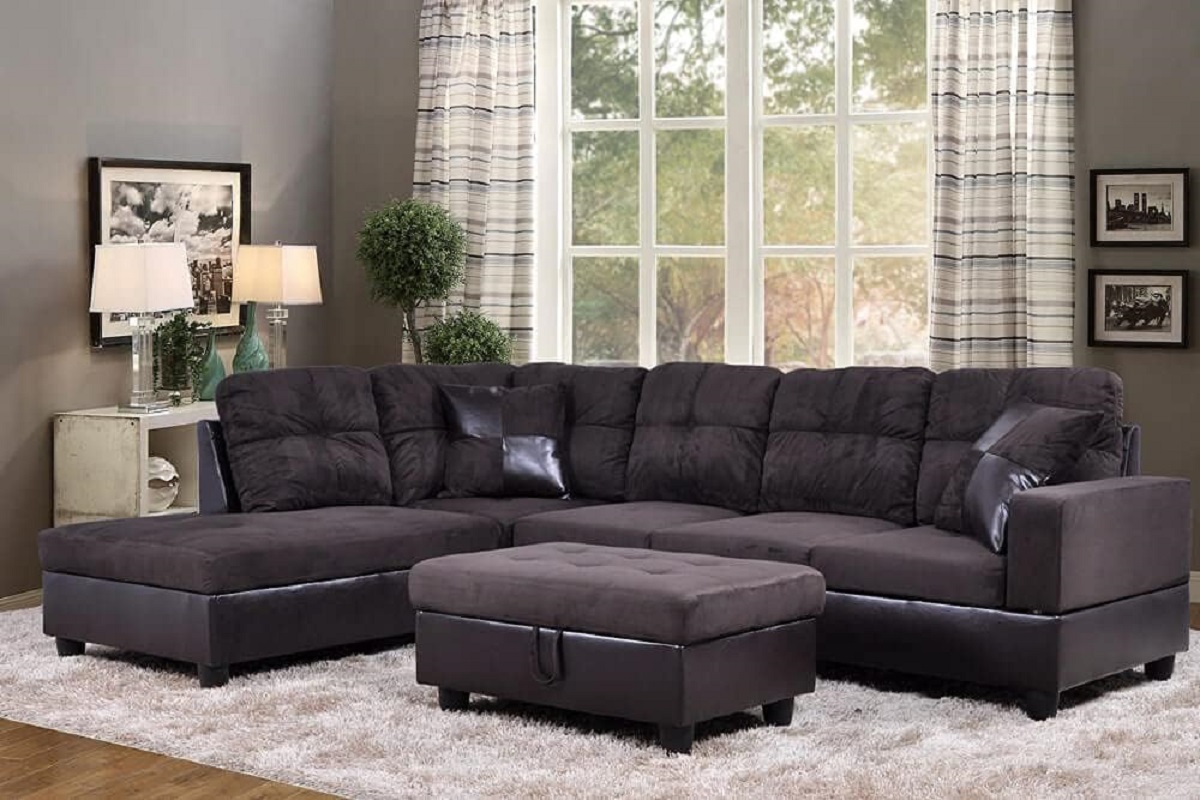
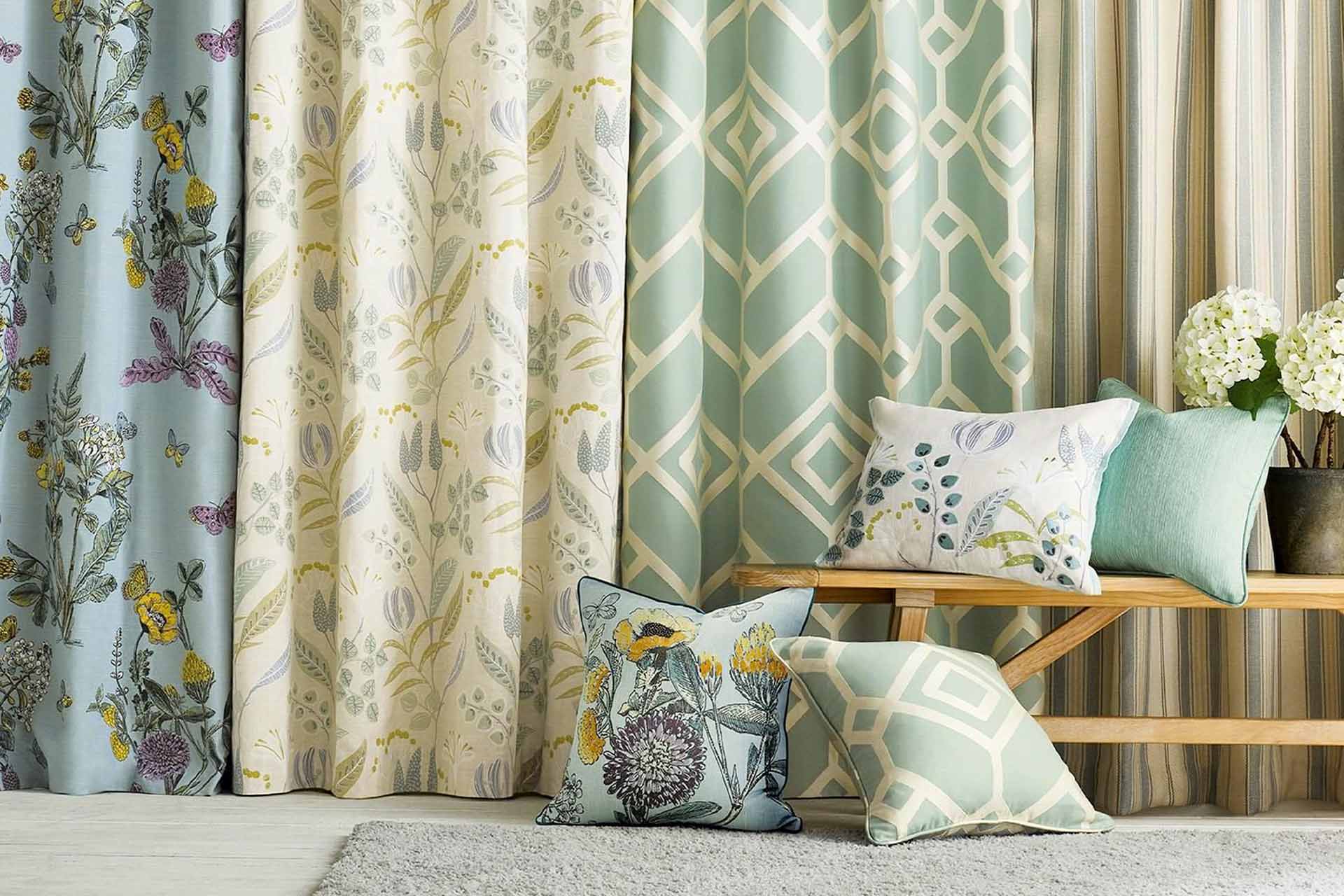

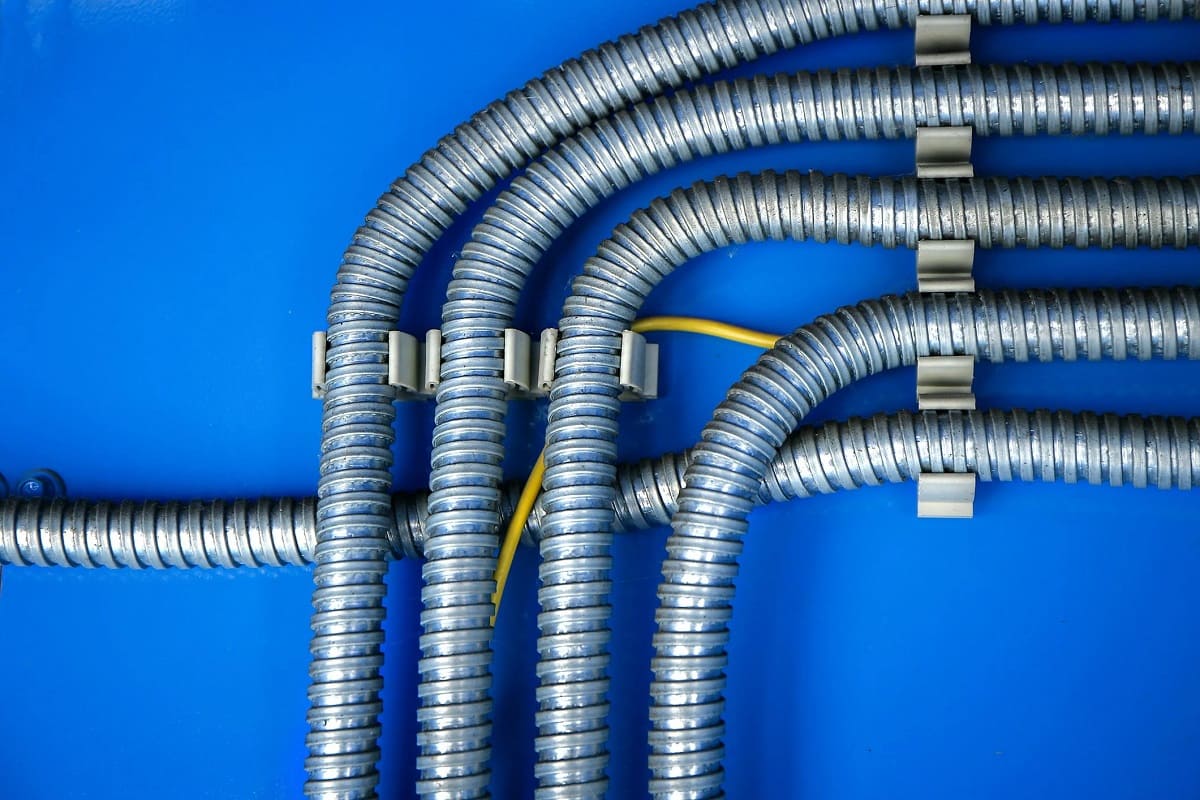




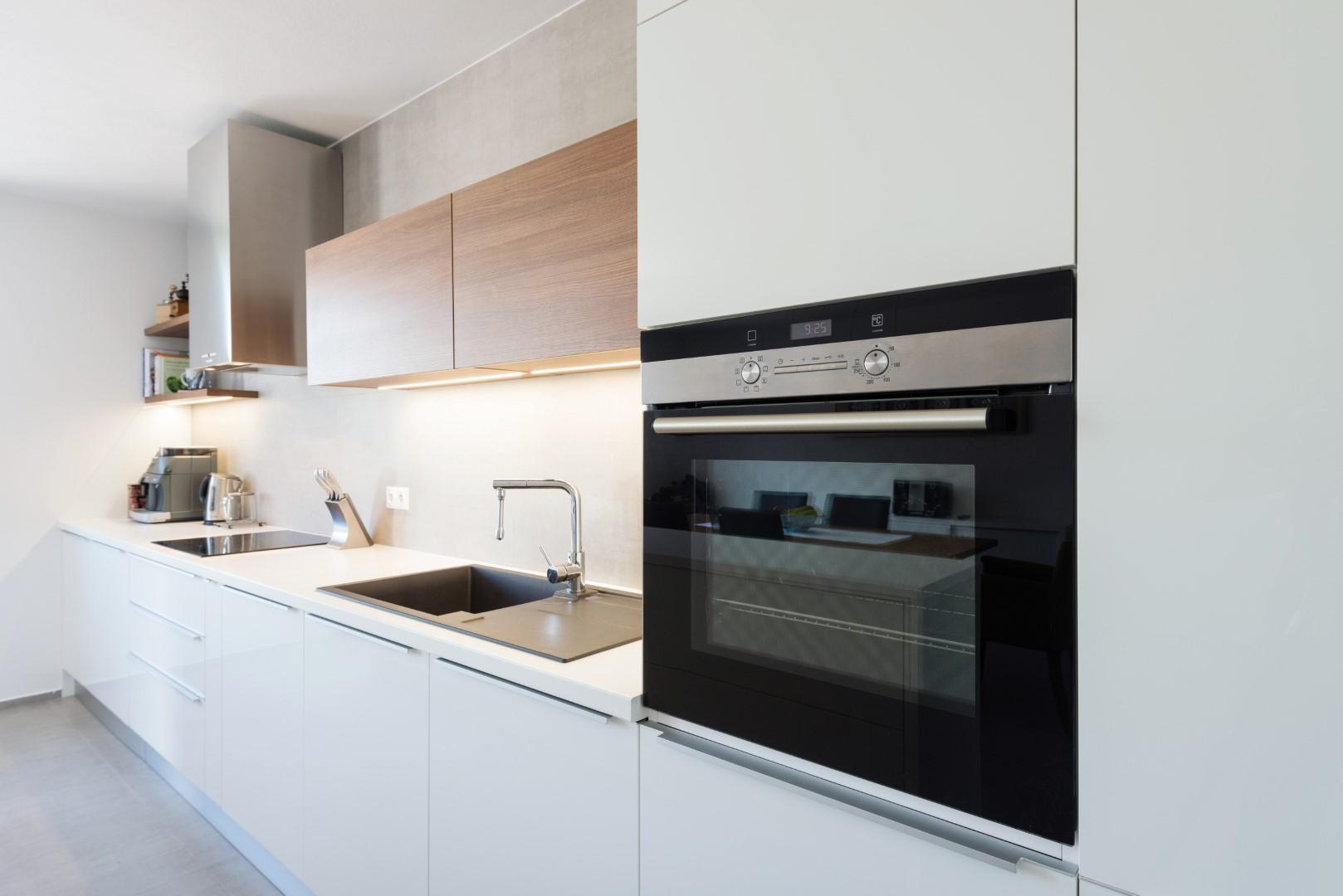




0 thoughts on “Why Are Rugs So Expensive”